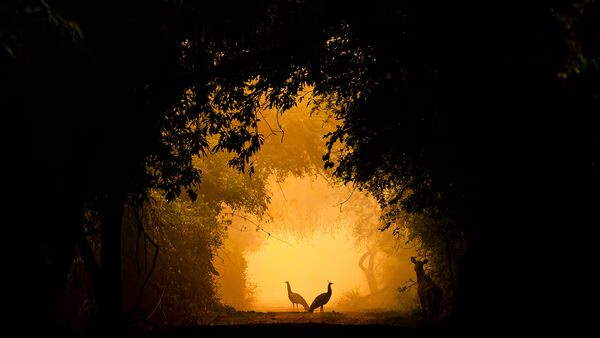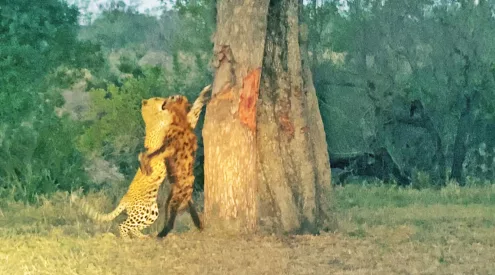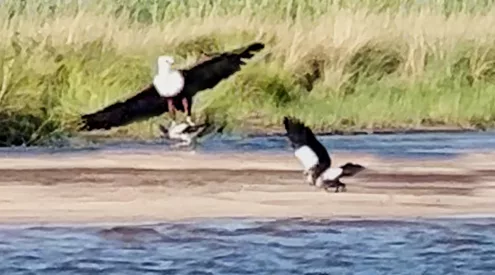Yesterday, three lions were released into Mountain Zebra National Park in the Eastern Cape. The three are the first free-roaming lions in the area after an absence of over 130 years.
The two males were brought in from Welgevonden Game Reserve in Limpopo while the lion lioness was brought in from Karoo National Park outside Beaufort West. The female has been resident in the Park’s boma since February, while the two males arrived earlier this month.
The three lions were released from the Park’s boma as the third predator species in the Park, after the introduction of cheetah in 2007 and brown hyena in 2008. Park Manager Megan Taplin believes that allowing will help curb the herbivore population in the park and provide competition for other predators. “SANParks took the decision to allow cheetah to first establish themselves in the Park before introducing lion which may compete with the cheetah for food. The numbers of large herbivores such as black wildebeest, red hartebeest, eland and gemsbok have now reached levels deemed sufficient to support lion,” Taplin said.
According to Taplin, the decision to introduce lion into the Park was mainly for biodiversity reasons. “Lions would have occurred here historically and it is SANParks policy to reintroduce the wildlife species which would have occurred in an area before hunting or habitat loss forced them to local extinction in earlier centuries. They will also occupy the niche of large predator in the ecosystem, keeping the numbers of larger herbivores in the Park in check,” said Taplin.
The lions are collared so that Park Management to measure the lion’s impact on the ecosystem in the first few months or years after release. This will also allow rangersthat rangers and researchers to observe their habitat and which species they prey on. Taplin says this will enable them to measure the lions’ impact on prey species and determine if more should be introduced in future.
Taplin believes it is too early to determine the lion’s habitat and prey speices. “On release into a new area, lion often prey on a variety of species before settling down. However, we predict that they will prey mostly on species such as black wildebeest and kudu,” said Taplin.
Cheetah tracking and guided walks at Mountain Zebra National Park led by the park’s guides will continue. The fencing of the two picnic sites inside the game viewing area was completed in preparation for the lions’ arrival. The park is already enclosed with predator-proof fencing, which was erected prior to the release of cheetah in 2007.
Apart from their biodiversity value, the introduction of the lion will add to Mountain Zebra’s tourism value – offering visitors a new species to look out for in the Park. “I think it will be wonderful to hear lion roaring at right – nothing beats that sound,” Taplin added.
Do you think the introduction of lions to the park will yield positive results ? Will it contribute to both tourism and biodiversity at the park? Share your opinion in the comments section below.
Source: SANParks
Similar: Historic lion release in the Karoo National Park

















